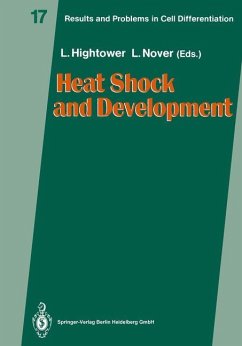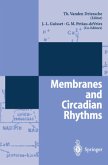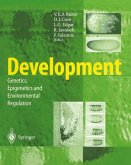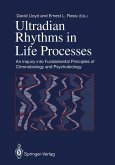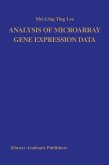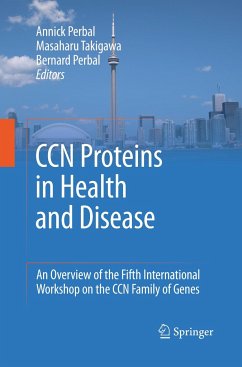L. Nover and L. Hightower Though the roots of experimental stress biology at the cellular and organismic level can be traced back to the middle of the last century (Nover 1989), a decisive breakthrough came only in 1962 with the report on stress-induced changes of gene activity in Drosophila (Ritossa 1962) and the subsequent identification of the newly synthesized heat stress proteins (Tissieres et al. 1974) and mRNAs, respectively (McKenzie et al1975; McKenzie and Meselson 1977). The selectivity of induction and the high rate of accumulation of Hsps facilitated the cloning and sequencing of the hs genes in Drosophila and the demonstration that all organisms react similarly when exposed to heat stress or chemical stressors (Ashbumer and Bonner 1979; Schlesinger et al. 1982; Nover 1984). The explosive development of molecular stress research in the following 10 years illustrated that the stress response represents a characteristic network of dramatic but transient changes at many levels of cellular structure and function, including gene expression (Atkinson and Walden 1985; Tomasovic 1989; Georgopoulos et al. 1990; Nover et al. 1990; Nover 1991). Besides the characterization of the hs genes and the mechanism of their induction, major interest concentrated on the heat stress proteins and their possible roles in induced stress tolerance. Rapidly, it became apparent that the major stress proteins are coded by five conserved multigene families (Lindquist and Craig 1988: Nover et al.

